
Ihor Matviienko is a Ukrainian sailor and Olympic Champion. He won a gold medal in the 470 class at the 1996 Summer Olympics in Atlanta, together with Yevhen Braslavets. He also competed at the 2000 Summer Olympics and the 2004 Summer Olympics. Also, Matviienko is the World and European Champion in 2001. He is a President of the Sailing Federation of the Dnipro, President of 470 class association of Ukraine and Founder of sailing school and club MIR yacht club in Dnipro, Ukraine.
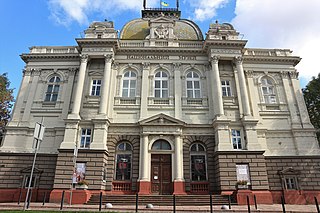
The Andrey Sheptytsky National Museum of Lviv is one of Ukraine's largest museums, dedicated to Ukrainian culture in all its manifestations. It was established by Metropolitan Archbishop Andrey Sheptytsky in 1905 and was originally known as the Lwow Ecclesiastical Museum. It currently bears Sheptytsky's name.

Ihor Podolchak is a Ukrainian filmmaker and visual artist. He is a co-founder of the creative association Masoch Fund, and a participant in the Ukrainian New Wave.

Las Meninas is a 2008 Ukrainian film directed by Ihor Podolchak. Its title alludes to the well-known painting by Diego Velázquez, Las Meninas. Ihor Podolchak was the producer, screenwriter, and director of this film. Las Meninas was produced by MF Films. It was the first Ukrainian film to participate in the Tiger Awards Competition of the International Film Festival Rotterdam. As of the beginning of 2011, the film has participated in 27 international film festivals, including 10 competition programs. In 2011, it was included in Top 15 Best Ukrainian films of the 20 years' Independence period.
…Podolchak's film, alongside Majewski's and Bartas's work, appears to be a perfect example for a cinematic or post-cinematic "dream of a gesture" transporting the viewer into a visibly subjective and surreal universe of enigmatic pictures….

Taras Voznyak is a Ukrainian culturologist, political scientist, editor-in-chief and founder of Independent Cultural Journal "Ї", director of the Lviv National Art Gallery, laureate of the Vasyl Stus Prize (2021).
Ihor Melnyk is a former professional Ukrainian football striker.

Delirium is a 2013 Ukrainian psychological drama film produced and directed by Ihor Podolchak, premiered in Director's Week Competition in Fantasporto, awarded with the "First Prize" at Baghdad International Film Festival (2013).
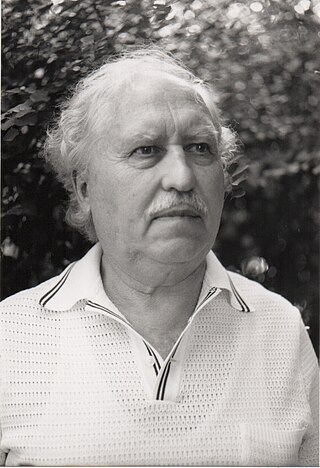
Ihor Kaczurowskyj was a Ukrainian poet, translator, novelist and short story writer, literary scholar, university lecturer, journalist.

Ihor Pavlyuk is a Ukrainian writer, translator and research worker. Named People's Poet of Ukraine in 2020.
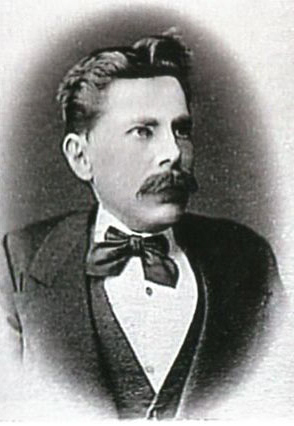
Ivan Ivanovich Levynskyi was a Ukrainian-German architect, teacher, businessman and public figure.
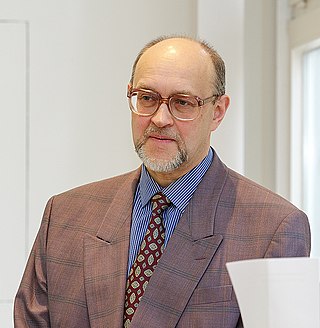
Volodymyr Potulnytskyi is a Ukrainian historian who specializes in European medieval history, Ukrainian political science, intellectual history, historiosophy and historiography of Eastern Europe.
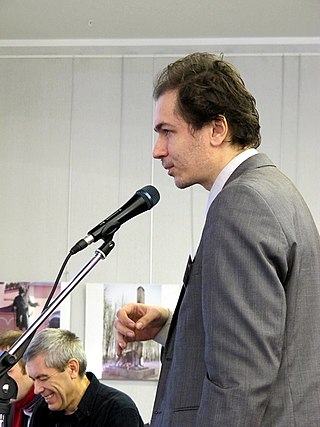
Andriy Ihorovych Bondarenko is a Ukrainian composer and pianist.

Merry-Go-Round – a short film by Ukrainian film director Ihor Podolchak, produced in 2017. Producers of the film, along with Igor Podolchak were Ihor Dyurych, Liliya Mlynarych, Max Asadchiy, Serhiy Nedzelskyy. Director of photography – Serhiy Mykhalchuk, art director Svitlana Makarenko. Music for the film was created by Oleksandr Shchetynsky. The world premiere of the film took place on July 9, 2017, in Australia in the program of the IFF in Perth "Revelation". The film was nominated for the National Film Award at the Odesa International Film Festival.
A laconic exercise - only five minutes - by the Lviv artist-expressionist and director of baroque, somewhat, blurred psychodrama, in the genre of video sculpture.
Yaryzhka or Orthography of Slobozhanshchyna is the name of the Russian pre-revolutionary orthography used to write and print works in the Ukrainian language in the Russian Empire. Yaryzhka included all the letters that were part of the Russian Cyrillic alphabet of the pre-revolutionary period: ы, ъ, and so on.

Ihor Ivanovych Ostash is a Ukrainian diplomat and politician currently serving as ambassador of Ukraine to Lebanon since 2016, previously serving as ambassador of Ukraine to Canada from 2006 to 2011. He also served as a People's Deputy of Ukraine from Lviv Oblast from 1994 to 2006. He is a member of the Reforms and Order Party.
Arts of Ukraine is a collection of all works of art created during the entire history of Ukraine's development.

The Shevchenkiana by Ivan Marchuk is a series of works from the collection "Voice of my soul" by the Ukrainian painter Ivan Marchuk, who holds the title of People's Artist of Ukraine and is a laureate of the Shevchenko National Prize of Ukraine.

Natalia Kazymyrivna Basarab is a Ukrainian artist.

Church of the Ascension is an Orthodox parish church (OCU) in Barysh of the Buchach urban hromada of the Chortkiv Raion of the Ternopil Oblast.
Ihor Petrovych Gereta was a Ukrainian archaeologist, public and political figure, and art historian. Head of the Ternopil branch of the Shevchenko Scientific Society (1996). Additionally, he was a member of the National Union of Artists of Ukraine (2002).




















